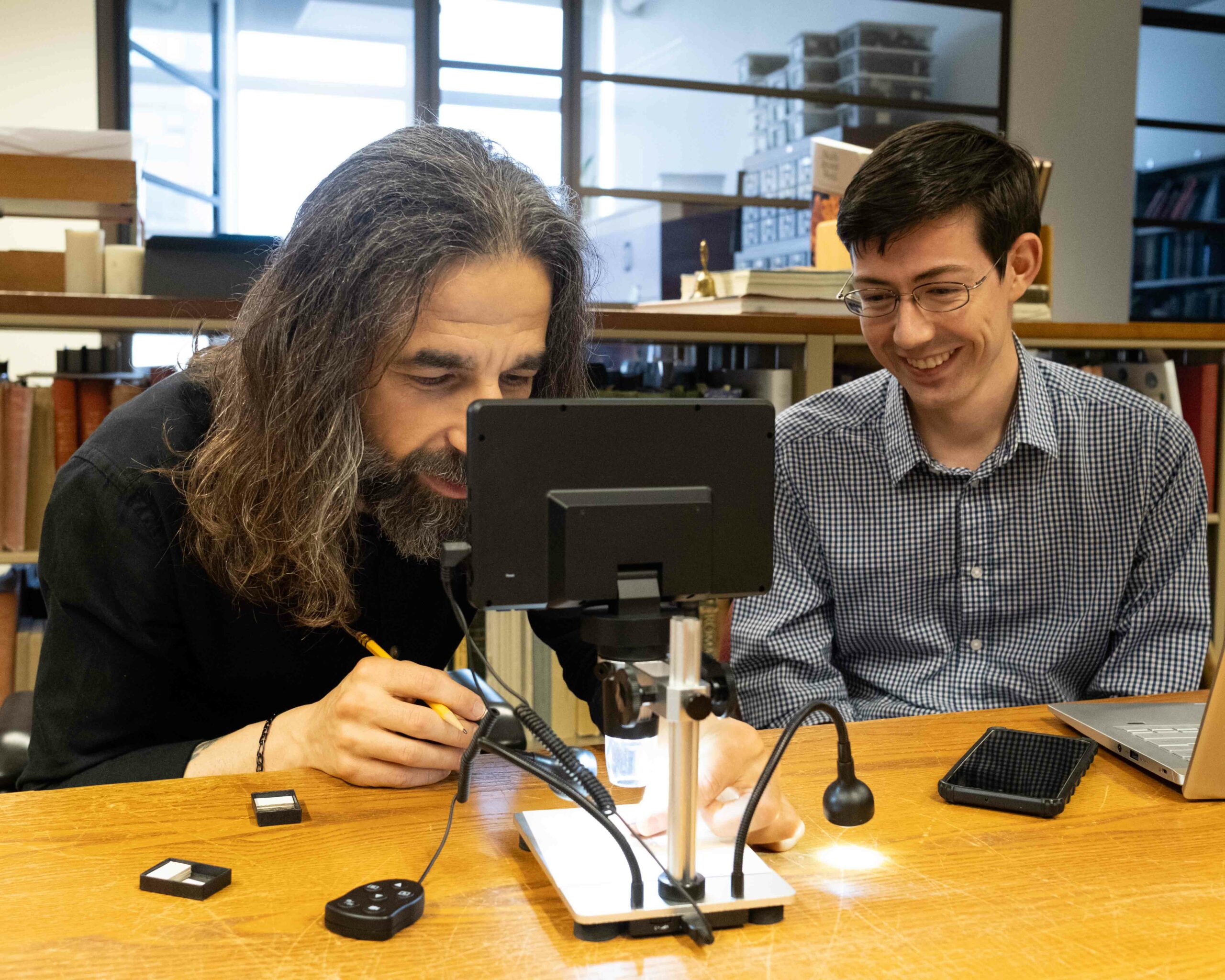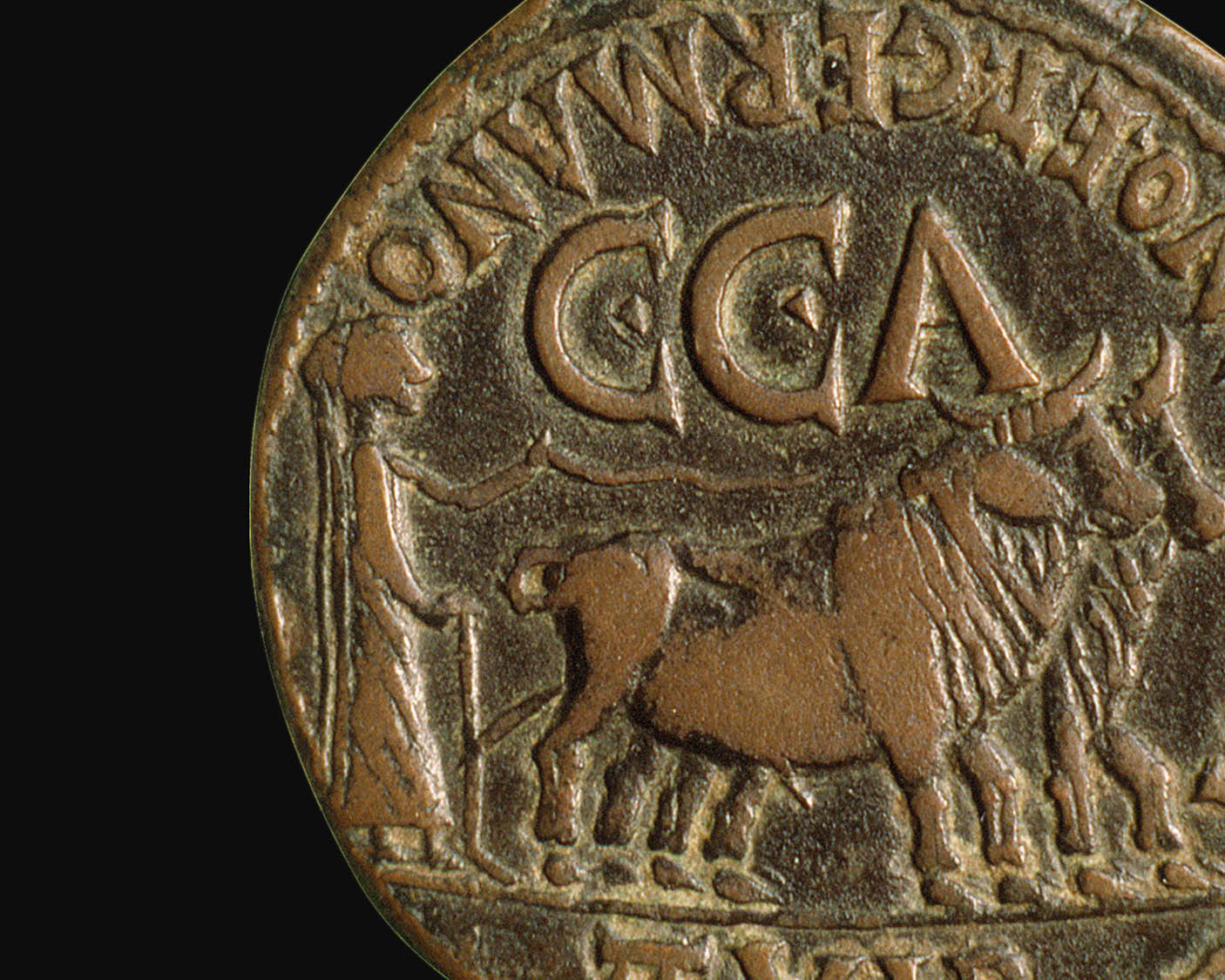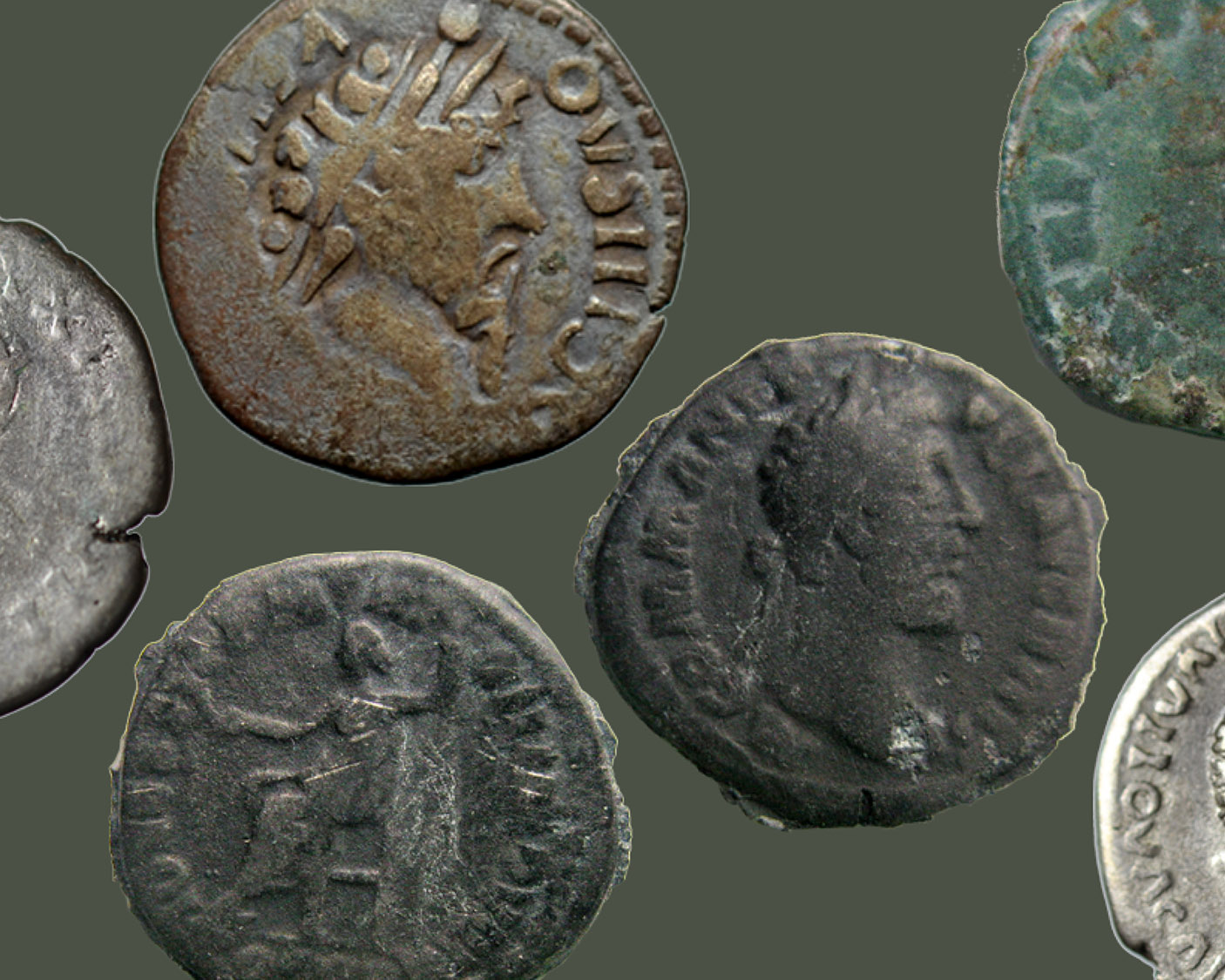FY2016 Report of Gilles Bransbourg, Associate Curator
Report of Gilles Bransbourg, Associate Curator
October 29, 2016
The main focus for the Roman Department has been to bring Online Coins of the Roman Empire (OCRE) project close to completion.
In that respect, 2015/16 has been an absolute record year since the inception of the project, with more than 20,000 new types incorporated into the database and almost 11,000 individual ANS Roman Imperial coins photographed. This has been involving cataloguing streamlining and dealing with RIC general lack of consistency from a volume to another and sometimes within each volume. Ethan Gruber, the ANS director of data science, has been spearheading the integration of physical coins provided by outside collections.
To date, we are near 100,000 actual coins provided by 13 collections or digital resources, including the British Museum and the Berlin Müntzkabinet. Lauren Tomanelli, as curatorial assistant, and Emma Pratte, as assistant photographer, have played a major role with respect to this achievement. OCRE is now displaying 43,384 types, covering the entire Roman imperial coinage from Octavian in the first century BCE to Zeno in the fifth century CE. Our last uncatalogued period, the part of the 4th century covered by RIC vol. IX, has been made available since mid-October thanks to our partners in Germany of the Deutsches Archäologisches Institut with David Wigg-Wolf. MANTIS, the ANS database, now displays about 25,000 available images out of 43,000 coins, with 2,000 pending to be uploaded. The missing coins mostly belong to the period 350-491 CE.
At the same time, the Imperial trays have been thoroughly reorganized, individual coins updated with formatted RIC references and precise tray location.
Our goal for the coming weeks is to provide users with an online coin recognition tool that will facilitate the identification of physical coins, a development involving Disnara Pinalla.
The other very important project this year has involved the Richard B. Witschonke collection, generously donated to the ANS by our dear late colleague.
With more than 3,700 coins our primary goal with Elena Stolyarik was to have these coins sorted in trays, and numbered. Then preliminary cataloguing started, with the help of a Columbia graduate, Douglas Wong, and it has been almost completed as of October 2016, with our new colleague Lucia Carbone taking over. A specific study, including die identification, has covered the rare 90 coins from the ‘Prefects of the Fleet’ coinage of Marcus Antonius. With 107 of such coins, the ANS now possesses almost one-quarter of the known coins of that type. The results will be published in the forthcoming volume of essays offered to Michel Amandry.
Among the papers I published this year are:
‘Sixty years of economic and monetary history research in the Annali in 5,000 words’ in Annali del Istituto Italiano di Numismatica 2016; ‘ Church and State: Union or Separation? The Economic Relationship between Church and State during the Later Roman period’, in a forthcoming special issue on late antique religion published by the DAI; ‘Capital in the Sixth Century: The Dynamics of Tax and Estate in Roman Egypt’, in the forthcoming issue of Journal of Late Antiquity; ‘Reddite quae sunt Caesaris, Caesari. The late Roman Empire and the dream of fair taxation’, in Lizzi (ed), Late Antiquity in Contemporary Debate, forthcoming.
With respect to conferences, talks and colloquiums, I participated at Collège de France (Spring 2016), on Taxation and Religion in the Later Empire, at Université Orléans (Oct.. 2015), on 4th century coinage reform and inflation, with Roger Bagnall; in Rome (Nov. 2015), with the Istituto Italiano di Numimsatica and Istituto di Storia Antica, on Roman Republican coinage and Roman taxation reforms; in ISAW (Oct 1, 2016), on Tax extraction mechanisms in late Antiquity, and finally at Columbia University (Oct. 21), on tax inequality in the later Roman Empire. On May 6, we took part in a roundtable organized by Yale’s Economic Growth Center, presenting on Roman monetary and coinage reforms. This shows numismatics’ outreach into fields like monetary and economic history.
For 2016/17, I am looking forward on OCRE completion, advances in cataloguing the RBW collection, expanding our numismatic and monetary history focus into the Americas, starting a joint course at NYU with our colleague Peter van Alfen, and probably many more papers as well as few selected conferences, while starting a book on Roman economic policy. The forthcoming staff lecture series should enable the ANS to increase its appeal outside of the coins collectors’ circles.
Return to FY2016 Annual Report









